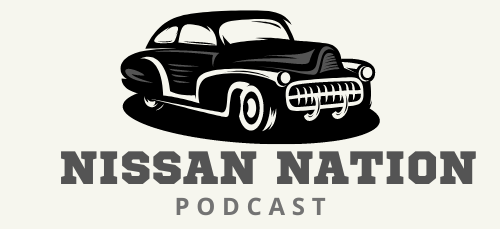Vacuum cut valve bypass valves (VCVBVs) are components which uses in vacuum systems to allow the isolation or bypassing of vacuum cut valves while maintaining the vacuum conditions.
They play an essential role in allowing flexibility and redundancy in vacuum systems.
Let’s look at some of the important features of this system.
Purpose and Function
The main purposes and functions of VCVBVs are:
- Allow vacuum cut valves to be under the isolation process for maintenance without venting the entire vacuum system.
- Provide redundancy in vacuum pathways to maintain vacuum conditions if a vacuum valve fails to close.
- Enable flexibility in vacuum line routing without venting the system.
Types and Configurations
Common types and configurations of VCVBVs include:
- Manual bypass valves
- Automated pneumatic bypass valves
- Differential pressure-activated bypass lines
- Single and multiple bypass line systems
Bypass valves may be together with the vacuum valve actuator or those might be as separate components.
It is important to know that complex systems allow extensive re-routing capabilities.
Vacuum Cut Valve Bypass Valve Components
VCVBVs consist of several key components that work together to fulfill their bypass function within vacuum systems.
Valve Body
- The valve body houses the valve’s internal components and connects the bypass lines to the vacuum system.
- Materials such as aluminum, brass, and stainless steel are commonly used to this process.
Sealing Mechanisms
- Elastomer O-ring seals, metal seals, or soft seats provide tight sealing when the valve is actuated.
- Remember that good seals are critical for maintaining vacuum conditions.
Actuators
- Pneumatic, electric, hydraulic, and manual actuators allow valve operation from simple lever operations to the remote computer control.
Position Indication
- Visual indicators, limit switches, and position transmitters enable valve position monitoring from local to fully integrated positions in control systems.
Porting and Piping
- Appropriate diameter and configuration of inlet, outlet, and bypass ports enable optimal flow control and routing at required vacuum levels.
Applications of Vacuum Cut Valve Bypass Valves
Vacuum cut valve bypass valves have extremely wide and varied applications in industrial and scientific vacuum process.
Semiconductor Processing
- Semiconductor manufacturing tools extensively utilize bypass valves around high and ultrahigh vacuum gate valves to prevent vacuum venting during wafer transfer steps.
Vacuum Coating
- Bypass lines enable the isolation of specific coating chambers for maintenance without interrupting the production flows through other chambers.
Research Chambers
- Intricate bypass networks provide flexibility in connecting vacuum pumps, instrumentation, and experimental platforms without compromising the base vacuum levels.
Vacuum Material Handling
- VCVBVs strategically isolate leaking components and allow the bypassing of powder and pellet valves for cleaning without process shutdowns.
- Clearly, vacuum cut valve bypass valves enable extensive functionality and flexibility in a wide array of vacuum processes.
- As a result, the tailored application of manual or automated bypass networks improves vacuum system performance.
Optimizing the Bypass Valve Performance
- Properly implementing the vacuum cut valve bypass valves entails more than just installing a bypass line, and calling it a day will be much more convenient.
- Careful considerations regarding valve selection, system integration, control schemes, and operational protocols are required to extract the total value from bypass valves.
Valve Sizing
- Choosing bypass valves with appropriate conductance to handle vacuum loads is paramount.
- Oversizing leads to higher costs, while undersizing limits performance, affects pressure differentials, and reduces conductance margins.
- Consult manufacturers’ sizing guidelines and model system flows for more details.
Sensor Integration
- Monitoring the bypass valve state and position via sensors enables both local and remote status verification, automation capabilities, and instant fault detection if valves fails to shift.
Frequently Asked Questions About Vacuum Cut Valve Bypass Valve
Q: Where are bypass valves typically installed in vacuum systems?
A: Bypass valves are installed in parallel with vacuum cut valves that lead to important system components like chambers, pumps, or sections of piping that may require isolation.
Q: What types of control can be implemented for bypass valves?
A: Bypass valves can be operated manually, pneumatically, or by using electric actuators. Control may be on-off or positioning for precision flow control. Remember that they can interface with the overall control system.

